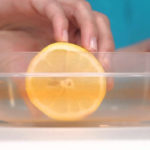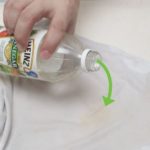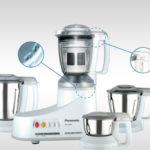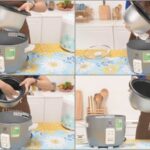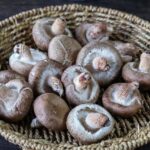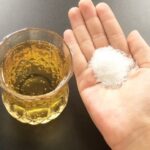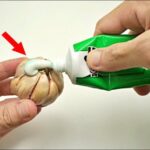Pigeon baby bottles are a trusted and popular choice for parents, and maintaining proper hygiene is crucial for your baby’s health. Let’s delve into the effective cleaning and sanitizing methods for Pigeon baby bottles to ensure your little one’s well-being.
1 Understanding Pigeon Baby Bottles
Pigeon baby bottles are designed with cutting-edge technology and crafted from safe PP material. They are built to last and can withstand high temperatures, making them ideal for sterilization. The bottles feature a sleek and ergonomic design, with a standard neck for easy formula preparation. The included silicone nipples are exceptionally soft and flexible, providing your baby with a comfortable and enjoyable feeding experience. Cleaning and maintaining Pigeon baby bottles is a straightforward and essential task.
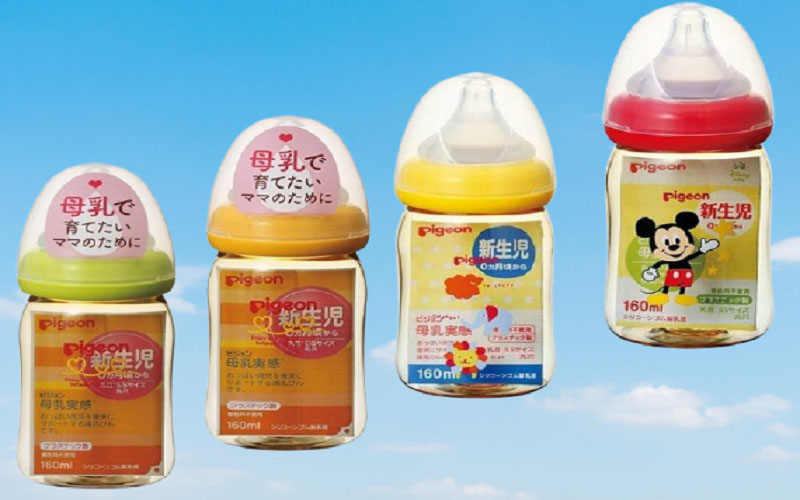
2 Sanitizing New Pigeon Baby Bottles
When you first purchase Pigeon baby bottles, they may have a slight odor or manufacturing residues. Therefore, proper sanitization before use is imperative. Here are two proven methods to effectively sanitize your new Pigeon baby bottles:
Using Specialized Baby Bottle Cleaning Solutions
The market offers a variety of specialized cleaning solutions, such as Wesser, Combi, Nuk, and Frosch. These solutions are designed to be safe and effective, containing sterilizing agents that ensure your baby’s health and thorough bottle cleaning.
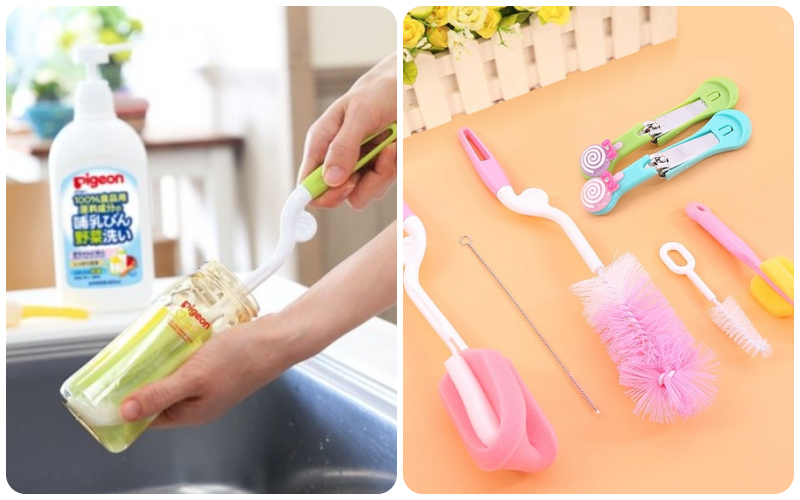
Start by discarding any remaining milk and giving the bottles a quick rinse with plain water. Then, use the specialized cleaning solution to thoroughly wash all parts of the bottle, including the body, nipple, and neck. Be sure to rinse thoroughly from the inside out, and then allow the parts to air dry. It’s a simple and effective process!
Boiling in Hot Water
Boiling is a time-efficient and cost-effective method favored by many parents. Pigeon baby bottles are made of high-quality plastic that can withstand high temperatures, so you can rest assured during this process.

Bring a pot of water to a rolling boil for about 10 minutes. Carefully place the bottle parts into the boiling water and let them sit for approximately 2 minutes. Then, reduce the heat and allow them to simmer for an additional 5 minutes. Remove the parts from the water and let them air dry. Be cautious not to over-boil, as it may impact the durability of the bottles.
If you’re using Pigeon glass baby bottles, place the bottle in the pot before boiling and boil for 10 minutes. Subsequently, add the other components for 2-3 minutes before removing from the heat.
3 Important Notes for Sanitizing Pigeon Baby Bottles
– Avoid using regular dish soap for daily cleaning, as it may contain ingredients that are not suitable for infants. Even with thorough rinsing, chemical residues and fragrances can linger on the bottles.
– Dedicate specific cleaning tools and pots solely for sanitizing baby bottles. This ensures that no unwanted residues or contaminants are transferred to your baby’s bottles.
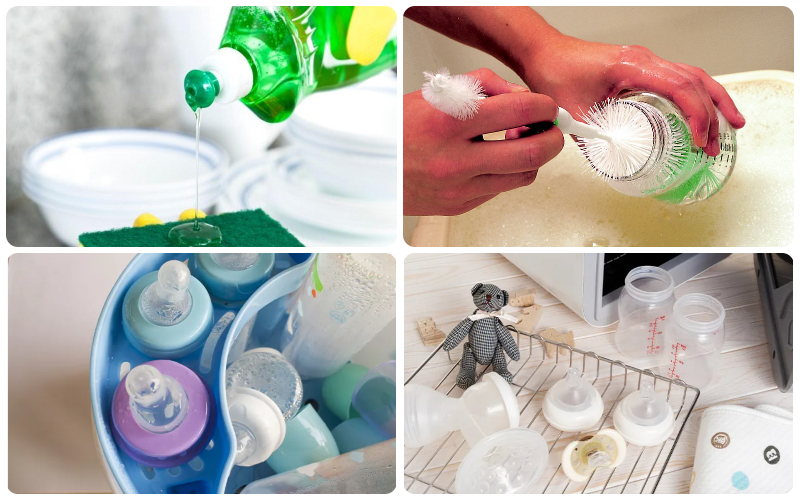
– Ensure that the bottles are completely dry before use. Moisture can attract bacteria, especially on the nipple, which has direct contact with your baby’s mouth.
By diligently following these guidelines, you can effectively sanitize your Pigeon baby bottles and contribute to your little one’s overall health and well-being.
Recommended Reading:


























